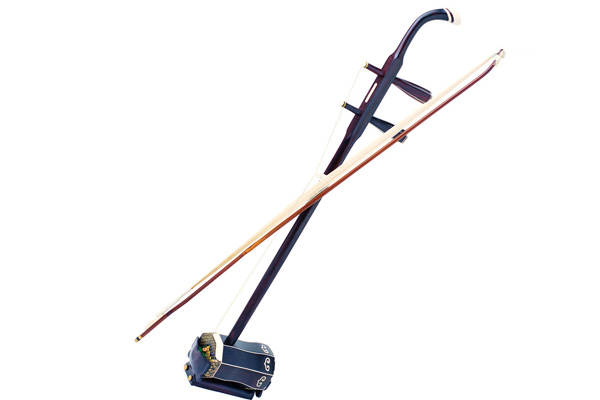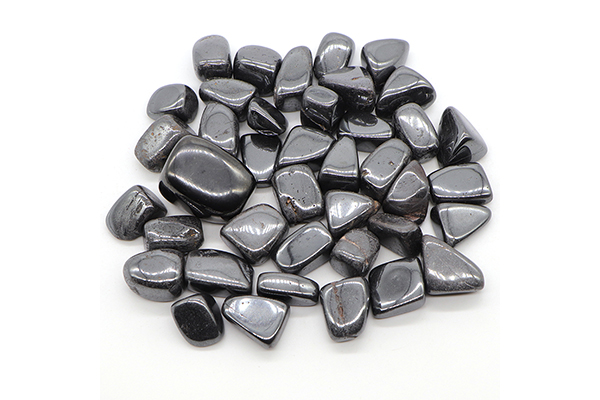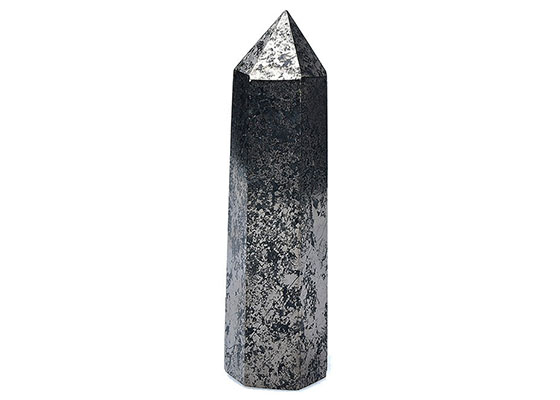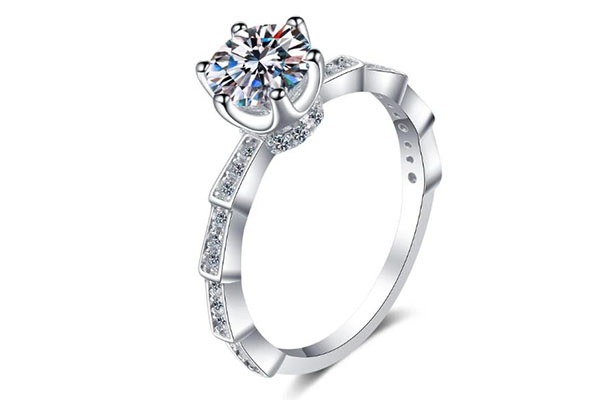Erhu is a two-stringed bowed musical instrument that is believed to have originated from China. It has a unique sound that is commonly associated with traditional Chinese music. However, the question remains: is erhu Chinese or Japanese? In this blog post, we will explore the history of the erhu, its role in Chinese and Japanese music, and the differences between Chinese and Japanese erhu.
The History of Erhu
The erhu is believed to have been developed in China during the Tang Dynasty (618-907 CE). At that time, it was known as the “xiqin” and was played in royal courts and temples. Over time, the instrument evolved, and by the Ming Dynasty (1368-1644 CE), it had become known as the “erhu.”
The erhu’s popularity continued to grow, and it became an important instrument in traditional Chinese music. In the early 20th century, the erhu underwent further development, including the introduction of a metal string and a change in the bridge’s shape. These modifications improved the instrument’s tone, allowing it to produce a more expressive and vibrant sound.
Erhu in Chinese Music
The erhu is an essential instrument in traditional Chinese music. It is often used to perform solo pieces, as well as accompany other instruments and singers. The erhu’s unique sound is particularly well-suited to express emotions such as sadness, melancholy, and joy.
Some of the most famous Chinese erhu players include Liu Tianhua, Jiang Fengzhi, and Yu Hongmei. These musicians have contributed significantly to the development and popularity of the erhu in China.
Erhu in Japanese Music
The erhu was introduced to Japan in the early 20th century by Chinese musicians who migrated to Japan. The Japanese quickly embraced the instrument, and it soon became an essential part of traditional Japanese music.
In Japan, the erhu is known as the “niko,” which means “two-stringed instrument.” The niko is often played in traditional Japanese ensembles, where it is accompanied by instruments such as the koto, shamisen, and shakuhachi.
Some of the most famous Japanese erhu players include Sadao China, Kodo Araki, and Junto Aoki. These musicians have contributed significantly to the development and popularity of the erhu in Japan.
Differences between Chinese and Japanese Erhu
While the erhu is played in both China and Japan, there are some notable differences between the Chinese and Japanese versions of the instrument.
Construction
The Chinese erhu is typically made from rosewood, while the Japanese niko is usually made from ebony. The Chinese erhu’s soundbox is typically hexagonal, while the Japanese niko’s soundbox is often round. The bridge of the Chinese erhu is also more elevated than that of the Japanese niko.
Tuning and Playing Style
The Chinese erhu is tuned to the notes A and D, while the Japanese niko is tuned to the notes G and D. Additionally, the Chinese erhu is often played with a more expressive and virtuosic style, while the Japanese niko is typically played with a more reserved and restrained style.
Repertoire
While both the Chinese erhu and Japanese niko are used to perform traditional music, there are some differences in their repertoire. Chinese erhu music often focuses on expressing emotions such as sadness, joy, and nostalgia. In contrast, Japanese niko music often reflects nature and the changing seasons.
Conclusion
While the erhu originated in China, it has become an essential instrument in both Chinese and Japanese music. The erhu’s unique sound and expressive capabilities have made it a beloved instrument in both cultures, and it has inspired countless musicians and composers to create new works of art.
Despite the similarities between the Chinese erhu and Japanese niko, there are some differences in their construction, tuning, and playing style. These differences reflect the distinct musical traditions and cultural values of China and Japan.
So, is erhu Chinese or Japanese? The answer is that it is both. The erhu’s origins are Chinese, but it has become an important part of Japanese music as well. The erhu’s versatility and adaptability have allowed it to transcend national borders and cultural boundaries, making it a truly global instrument.
If you are interested in learning more about the erhu, there are many resources available online, including tutorials, recordings, and sheet music. You can also attend live performances by professional erhu players to experience the instrument’s unique sound and beauty.
In conclusion, the erhu is a fascinating instrument that has captured the hearts of music lovers around the world. Whether you are a fan of traditional Chinese music, Japanese music, or simply appreciate beautiful and unique instruments, the erhu is definitely worth exploring.




